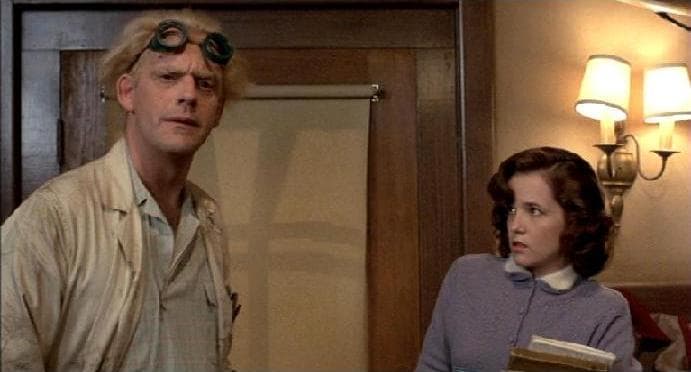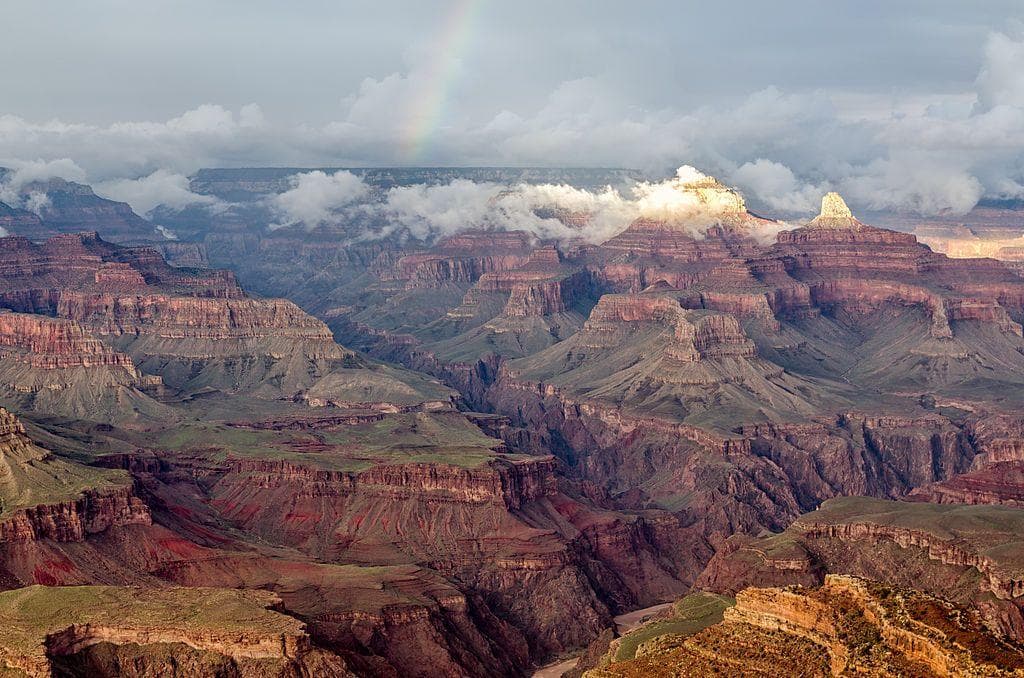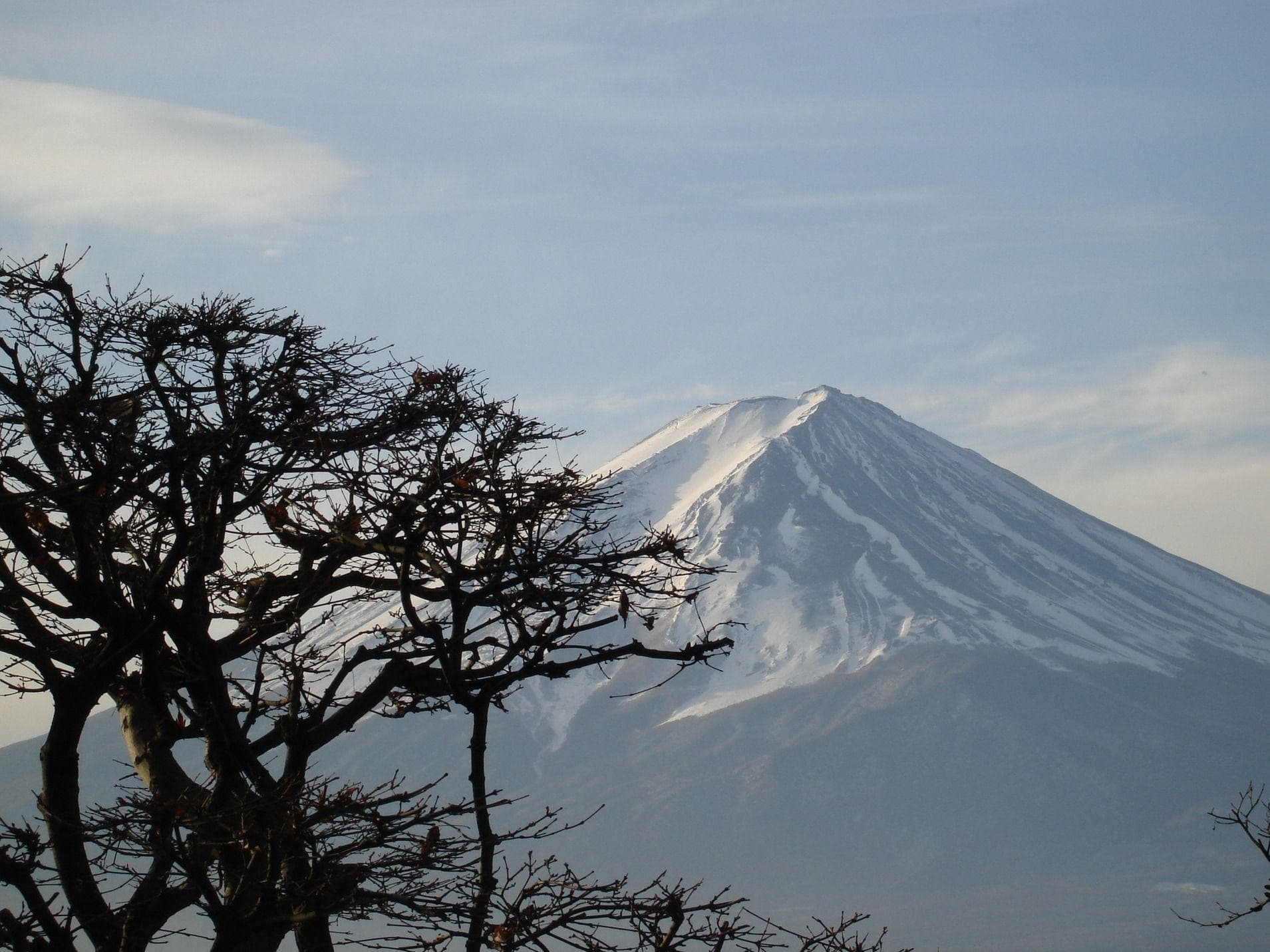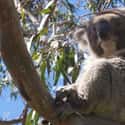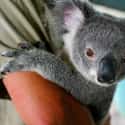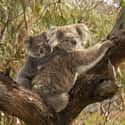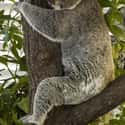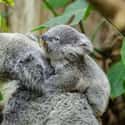-
(#2) They Can Be More Aggressive Than A Crocodile
In 2006, a group of four people broke into a zoo in Australia with the intention of stealing a koala and selling it for drugs. When they broke into the koala pen, however, they found it was "too vicious" to steal.
Zookeeper Wil Kemp explained, "apparently [the koala] scratched the sh*t out of them... The blokes have quite a lot of scratches and lacerations caused by the koala.” As a result of the unexpected attack, the thieves found it easier to take a four-foot-long, 90 pound crocodile. Even though they had to drag it over a security fence, that was still easier than successfully nabbing a koala.
-
(#1) Koalas Are Plagued By A Highly Infectious Strain Of Chlamydia
In recent years, the koala population of Australia has been ravaged by a particularly contagious strain of Chlamydia. Professor of infectious diseases at the Burnet Institute in Melbourne David Wilson told the BBC that about half the koalas in Australia are infected.
The disease is very painful for a koala, causing “blindness, infertility, and an infection known as ‘dirty tail’.” Dirty tail is actually a cutesy name for a vicious inflammation of the urinary tract that is so painful it can be fatal.
Though scientists have tried to cure Chlamydia among koalas, a combination of their hyper-sensitive gut microbiome and hyper-vigilante digestive system have made the disease incurable. Many of the medicines people use for Chlamydia have been ineffective among koalas because they flush it out of their system as if it was poison from the eucalyptus they eat. Other medicines, however, have also proven more problematic for koalas as they affect their gut microbiome and make it impossible for them to digest eucalyptus.
Even more unnerving, koalas can transmit Chlamydia to any humans that come into contact with their urine, and it's not unheard of that koalas will urinate directly onto people. Meaning there are about 40,000 koalas roaming the bush in Western Australia who can potentially give people an STI just by peeing.
-
(#5) Koalas Don't Have The Brain Capacity To Learn Anything New
Koala brains were described as “ridiculously small” by two researchers Frederic Wood Jones and Stanley D. Porteus in 1929. They were researching and published a study on comparative brain sizes in the animal kingdom. Their observation was glossed over by much of the scientific community for decades until Neuro-Anatomists John Haight and John Nelson made their own study comparing the brain sizes of 33 different marsupials. They found koalas had a brain size 60 percent small than predicted for a marsupial of its size and their brains were smooth.
A smooth brain is indicative of little to no folding, a development found in more advanced animals. They account for the brains quick growth in relation to the skull containing it. The skull may not continue to grow on an evolutionary level as quickly as the brain. So to increase the capacity of gray matter to keep up with increasing neurons in the inner brain without going beyond the capacity of skull, brains develop fissures, sulci, and gyri which increases the total volume of the brain. Simply put: humans have relatively larger brains and more brain folds than any other species and it’s linked to our intelligence as a species. Dolphins have brain folds. Capuchin monkeys have brain folds. Koalas do not.
Haight and Nelson thought size and shape of a Koala brain made it a slow and clumsy animal, but more recent research has suggested otherwise. The smoothness of their brain is more indicative of the behaviors they exhibit. Koalas sleep, find food, eat, and sometimes mate. They haven’t needed to learn more behaviors for the last 15 million years.
-
(#3) Koala Young Eat Their Mom's Specially Made Organic Poo
Because a koala’s primary source of food is so tough on the stomach, koala joeys are forced to rely on their mother for nourishment. Nope, it’s not milk. It’s a special mixture of feces and gut bacteria that is vital to their development. The creamy substance is known as pap.
Professional koala keeper Caroline Monro described baby koala feeding time thusly: “It can look really disgusting because the joeys use their mouth to stimulate the mother's cloaca to produce the pap. And it's quite wet. It gets everywhere.”
-
(#9) They’re Not Hugging You, They’re Regulating Body Temperature
For years people have marveled at the adorable little koala bear as he or she hugged a tree tightly. It might be adorable, but it’s mostly just a means of air conditioning. The koala hugs the acacia tree in order to cool themselves on hot summer days.
“As it got hotter the koalas went farther down the trees and started to really hug onto the tree trunks," said Michael Kearney, a member of the team that made the discovery. "That seemed strange to us until we figured out that the trees are a bit cooler.”
-
(#6) Their Main Source of Food Isn’t Good For Them
Eucalyptus leaves are extremely toxic to most animals, but not to the koala. While the eucalyptus became increasingly toxic over millennia, koalas digestive systems evolved simultaneously to fit that hyper-specific niche. Their digestive systems and their gut microbiota have evolutionarily evolved to process, detoxify, and flush out the toxic molecules found in some eucalyptus leaves.
Koalas, however, are not able to digest all types of eucalypts available to them, nor even all the leaves on the types of eucalypts they can eat. There are over 600 species of eucalypts in Australia (some approximate about 900.) Koalas can feed on 40-50 species, but will eat from only about one to ten types of eucalypts depending on region. Even then, they have a very acute sense of smell that can detect certain compounds unpalatable to the Koala’s digestive system which may be more present in some leaves than others.
Despite only eating eucalyptus, eucalyptus leaves have very low nutritional value. Each koala eats 0.5 to 1 pound of eucalyptus every day, but have to sleep between 18 to 22 hours every day just conserve the small amount of energy the leaves provide. Furthermore, they eat dirt presumably to obtain some required minerals they can’t get from their regular diet, or possibly because it helps them digest eucalyptus.
New Random Displays Display All By Ranking
About This Tool
There is a cute and lazy animal that needs to sleep more than 15 hours a day and eat more than 4 hours a day. It is the koala. Most people must know that koalas live in Australia and their favorite food is eucalyptus leaves, but do you know other facts about this cute animal? Koalas look adorable and fluffy, but in order to resist the heat and cold and even waterproof, their fur is very hard, and their fur is the thickest among marsupials.
The random tool will help you to know 9 facts about koalas that will ruin people's perceptions. The number of koalas has dropped sharply over the decades, and humans should take more measures to protect these precious and lovely wild animals.
Our data comes from Ranker, If you want to participate in the ranking of items displayed on this page, please click here.



